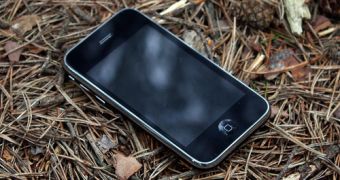Security solutions provider Symantec devised a clever experiment called the Smartphone Honey Stick Project, designed to help individuals and security experts learn about what happens to lost smartphones and how much private data their finder tries to access.
A number of 50 smartphones, fitted with fake corporate and personal information, were “dropped” in New York, Washington, Los Angeles, San Francisco and Ottawa. To ensure that someone finds them they were placed in elevators, food courts, malls and public transportation stations.
On the bright side of things, half of the people who found the phones attempted to give them back to their owners.
On the downside, the less optimistic figures show that 6 out of 10 individuals who found the devices tried to access the owner’s social media and email information. Moreover, 8 out of 10 tried to take a peek at corporate information that was strategically stored in files named HR Salaries, or HR Cases.
That’s not all. The Remote Admin application that was installed on the phone led the finders to believe that they could remotely access a computer or a network. Those who think no one would go that far are wrong because half of the people that came across the smartphones tried to run the app.
The exposure of corporate data could have serious consequences for a company, but for consumers is just as bad. Private pictures, social media, email and even bank accounts were accessed by the individuals who stumbled upon the devices.
This is precisely why experts recommend that companies make and enforce strong security policies regarding the use of personal mobile apparatus.
Consumers should rely on the screen lock feature and other additional protection software to ensure the safety of their data in case the phone gets stolen or lost. Mobile devices should never be left unattended and security professionals recommend the use of stickers or other signs that can aid users distinguish their property.

 14 DAY TRIAL //
14 DAY TRIAL //